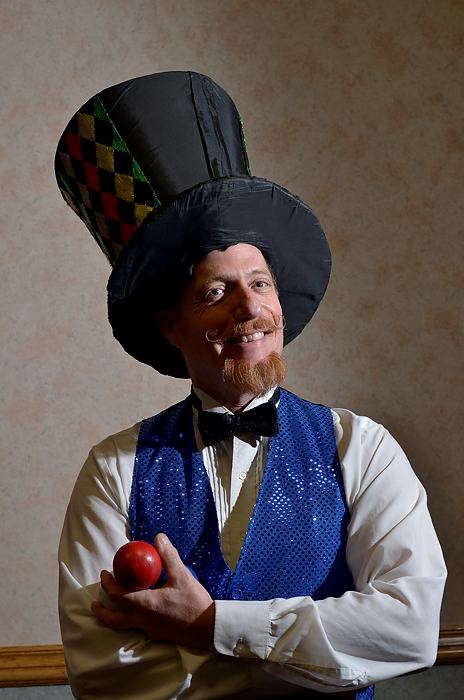I was on the road teaching a workshop last week, and part of it involved giving a little how-to on the basics of off-camera flash. The group was amazed at how easy it is. That’s true now, but it wasn’t always that way.
Back in the old days (pre-2004), getting the flash away from the camera required either cords or expensive remotes. So despite the much-better pictures that could be made, few people bothered. Which was a shame.
Light coming directly from the camera can light up the subject if they’re close enough. And that’s okay if it’s the only way to get a picture. But it’s not very pleasing light. Since it’s coming from the same position as the camera, it’s what we’d call “flat light,” meaning it doesn’t show depth, shape or texture. 
You need light from the side to do that. And as I said, prior to 2004 I needed to use wires connected to the flash to get it off to the side, or radio remotes.
In 2004 Nikon introduced the D70, their first camera with their CLS (Creative Lighting System) – built into it. That means that its pop-up strobe could, through the camera’s menus, be configured to control off-camera Nikon strobes. That was a real game-changer, making it very easy to do off-camera flash.
Since then most of Nikon’s mid-range cameras do that, from the D90 through the D810 currently, supported by their main strobes (the SB-500, SB-600, SB-700, SB-800, SB-900, SB-910 and SB-5000). And other companies like Sony, and more recently Canon, have included that ability too.
Which is a great thing for us photographers. We live and die by light, and the quality of it. Because being able to get the flash away from the camera doesn’t just mean better light, it means better pictures.


